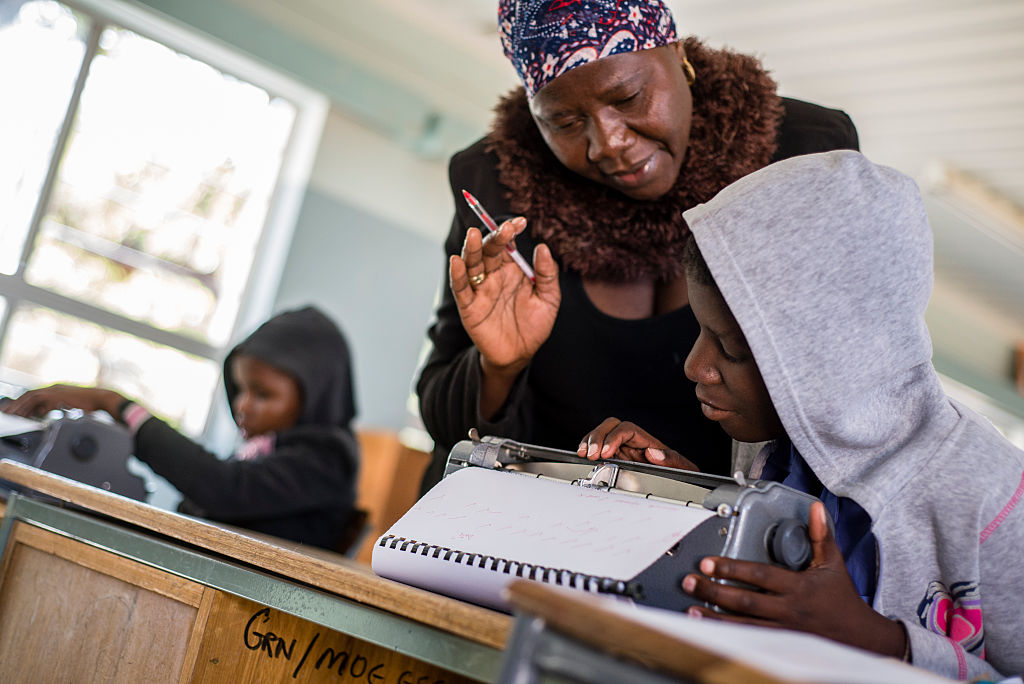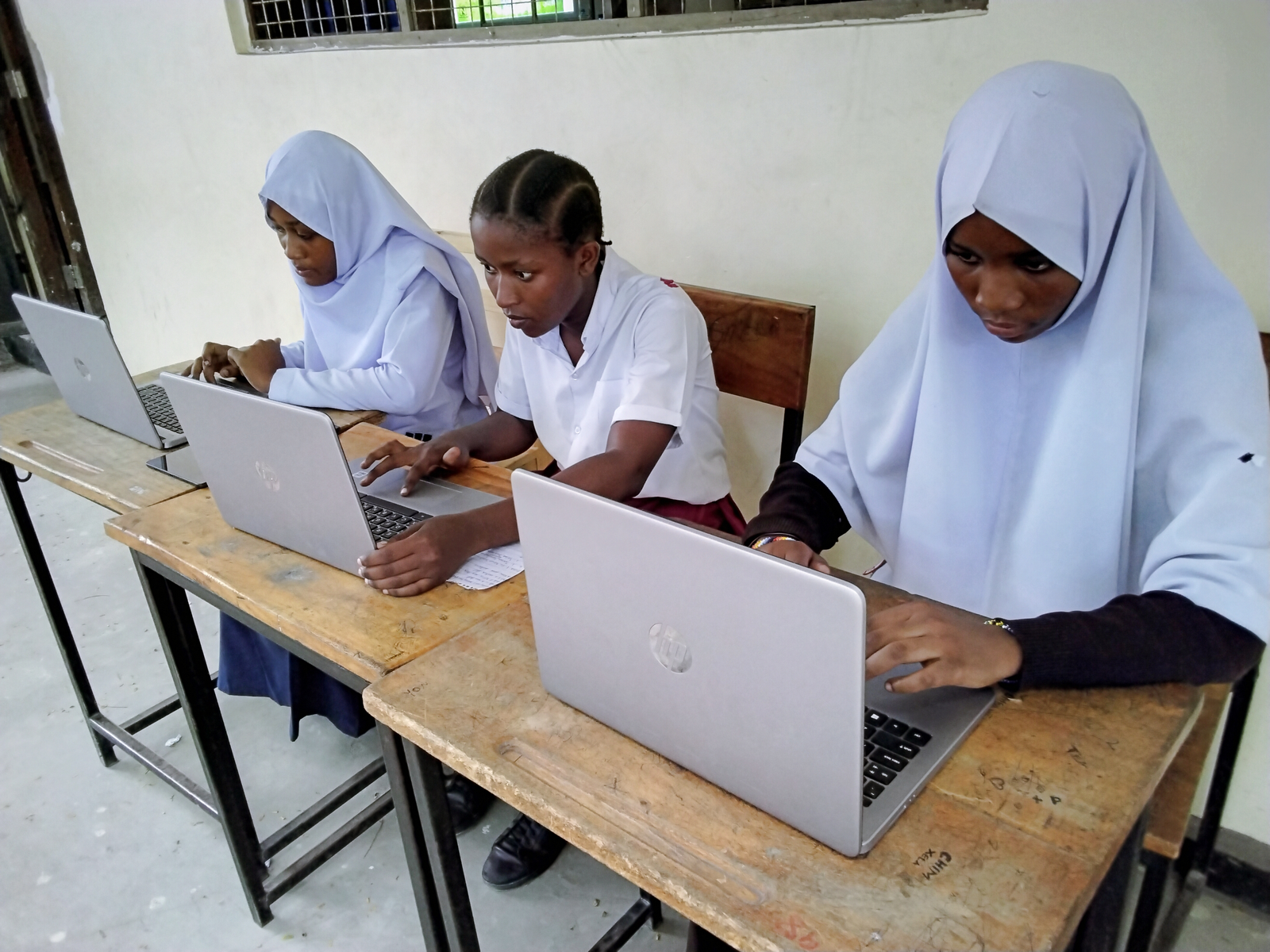
10 reasons why children don’t go to school
Barriers to education, Child labour, Child marriage, Children with disabilities, Education in emergencies, Girls' education, Safe schools, Teachers and learning
Want to help change the world? This article will help you understand the issues and obstacles around getting 58 million children into school and learning.
Every day across the globe, millions of children don’t go to school. It’s not because they’re sick or their school is closed for a teacher training day.
And it’s not because they don’t want to be at school. They do – the 58 million children who are missing out on a primary education right now are desperate to be sitting in a classrom every day and learning.
So why aren’t they?
Because they are girls
Somalia is a country where only 36% of girls go to school. The Go To School Initiative was launched across Somalia to change that. Girls make up over half of children out of primary education across the world and only 30% of all girls are enrolled in secondary school. In many countries, due to poverty, security or cultural factors, male children will be educated while their female siblings will not. According to UNESCO it will take until 2089 for the poorest girls to finish primary school if we continue at the current rate.
Because they live in war zones
Hundreds of thousands of children have been displaced in the country since violence erupted late last year. The long-term effects of growing up in a conflict zone are devastating and UNICEF estimates that 48.5 million children worldwide are missing school because of wars and conflicts. Nearly half of the Syrian school population are not attending classes and approximately 290 schools have been destroyed or damaged in recent fighting in Ukraine.
Because they have disabilities
Around 150 million children in the world live with a disability – 80% of them are in developing countries and nine out of 10 of these children do not attend school. The barriers range from the practical issues of transportation – many children have to walk to school – to the education policy of countries not supporting children with disabilities.
Because their countries are poor
Some of the poorest countries in the world struggle to finance an education system for all their children. But evidence shows that if we invest more in education, poverty is reduced at a faster rate, there are long-term health benefits and greater gender equality.
Because of child marriage
More than 60% of them are girls in the north of the country and child marriage is a major cause of them dropping out. Boys can be affected but most victims of child marriage are girls. It is estimated that 15 million girls are married before they turn 18. After their wedding they leave the education system and, armed with few educational skills, they and their families are more likely to live in poverty.
Because of natural disasters
This is the area worst affected by Typhoon Haiyan in the Philippines a year ago. Unforeseen events such as earthquakes, floods and disease can derail education for millions. In Liberia and Sierra Leone right now, primary and secondary schools will remain closed until at least the end of the year because of the Ebola outbreak, affecting more than 3.5 million children.
Because of too few teachers
In order to achieve the United Nations Millennium Development Goal 2 of universal primary education by the end of 2015, 5.2 million teachers need to be recruited. It is the lack of qualified teachers that leaves one in five children who attend primary school in sub-Saharan Africa unable to read or write by the time they leave.
Because they're a child labourer
By mid-afternoon, most children around the world are watching the clock and waiting for the home-time bell to ring. But there are more than 168 million child labourers – 11% of all children in the world – who are working instead of learning. More than half of them work in farming and almost a third in the service sector.
Because of poor sanitation
In many parts of the world it’s not as easy as raising your hand and asking to go to the toilet. Many girls – particularly adolescents who are menstruating – don’t go to school because of a lack of privacy, unavailability of sanitary disposal facilities and water shortages. They are also worried about sexual advances from boys in mixed toilets. The charity Water Aid reported that just 45% of schools in the least developed and low-income countries had adequate sanitation facilities. A school sanitation programme in Bangladesh saw an 11% rise in girls’ enrollment.
Because there is no school
In some parts of the world, there just aren’t any schools. Many children in the developing world are taught outdoors when the weather permits. And many schools don’t even have desks or sufficient equipment. In sub-Saharan Africa more than 95 million schoolchildren don’t have a desk and worldwide the figure is estimated at over 400 million.
More news

